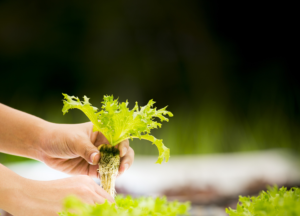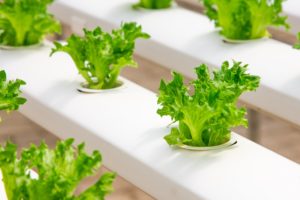CO₂ for Plant Growth
Any good grower can tell you nutrients make a big difference in your yields. That said, not all nutrients, or elements, come in the same forms. For example CO₂, or carbon dioxide. You don’t add CO₂ to your nutrient solution, but if you do add it to your grow area, it can make a big difference. There are plenty of things you should know about using CO₂ for plant growth, and in this guide we’ll go over the basics.
Why do Plants Need CO₂?
Plants use photosynthesis to create the energy, or ‘food’, they need to grow. Another part of this process is respiration, wherein plants release oxygen and water vapor. This allows plants to maintain a stable internal balance, and continue taking in water and nutrients. What you might not know is that CO₂ actually plays a vital role in both of these functions.
In essence, photosynthesis is both a physical and chemical reaction within the plant. Plants can take carbon dioxide, CO₂, from the air. They absorb CO₂ through the stomata in their leaves. Once this compound meets the water, or H₂O, within the leaves, it’s almost ready to use as food. However, plants also need sunlight (or a good grow light) to serve as the catalyst for this transformation.
In short, without CO₂, plants can’t really feed themselves.

Using CO₂ for Better Plant Growth
Now that we know CO₂ is a critical component for plants to produce their own energy, we can see how it helps them grow. However, adding a little extra CO₂, even if your growing area isn’t short on it, can give them a boost. Think of it more like, the more you eat, the more you can grow. Naturally, there are certain limitations to this. Any creature will suffer with too much CO₂, so you need to be conscious of how much you add.
Normal ambient conditions
Under most normal conditions, the CO₂ concentration in the air is around 410 PPM (Parts Per Million). There’s nothing wrong with this level, and your plants can grow normally, provided that they get everything else they need. This is a safe level for plants, animals, and humans. Plus, no matter what your lighting cycle is, 410 PPM of CO₂ doesn’t increase or decrease plant growth.



